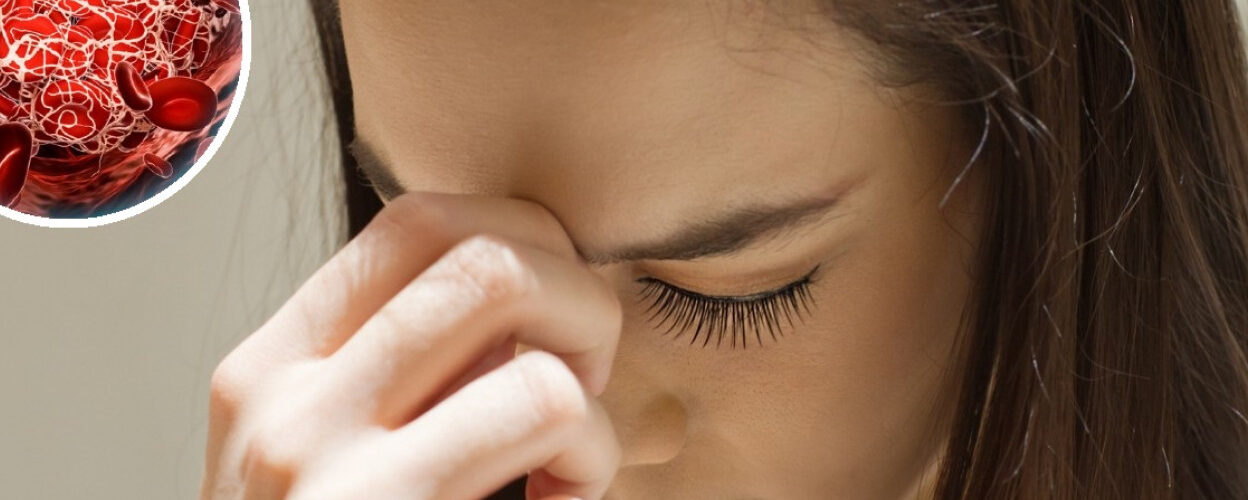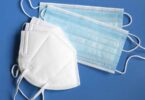People with a picture of embolism have difficulty speaking and walking, report numbness in the body, loss of strength, double vision, vertigo, memory loss and fainting.
Symptoms that may occur are:
• drop in temperature in arms or legs.
• decreased or absent pulse.
• lack of movement in an arm or leg.
• pain and muscle spasm in the affected area.
• numbness, weakness, tingling and/or paleness of the affected part.
Types of embolism
1. Depending on where it occurs: arterial or venous embolism, depending on whether it affects an artery or a vein.
2. Depending on the organ affected: cerebral embolism, cardiac arterial embolism, or pulmonary embolism.
3. Depending on the cause: fat embolism, amniotic fluid embolism, or atheromatous embolism.
Pulmonary embolism occurs when a blood clot gets stuck in a pulmonary artery and blocks blood flow to part of the lung. Thrombosis appears after surgery or after immobilization. In these cases, the best measure to avoid a thrombosis is to walk as soon as possible. Pulmonary embolism is a serious condition that can cause permanent damage to the affected lung, low oxygen levels in the blood, or damage to other organs in the body from not getting enough oxygen.
The most common causes of an ischemic stroke are the gradual buildup of cholesterol in the blood vessels of the head and neck (thrombosis) and blood clots in the heart (embolism). Hemorrhagic: Hemorrhagic stroke occurs when a blood vessel in the brain ruptures. Definitely avoid saturated fats and refined sugar.
It is recommended:
1. Quitting smoking is considered one of the best things you can do to prevent a stroke.
2. Staying physically active can lower your risk of having a stroke.
3. Getting enough sleep is important to staying healthy.
4. Consume the following foods that can act as natural anticoagulants: Garlic, Onion, Ginger, Turmeric and lots of Water.
5. Omega 3 fish.
6. Blueberries.
7. Pomegranate.
8. Tomatoes.
9. Nuts and seeds.
10. Avocado
11. Beans.
http://www.imss.gob.mx/prensa/archivo/201709/278#:~:text=Las%20personas%20con%20cuadro%20de,tomograf%C3%ADa%20computada%20de%20cr%C3%A1neo%20y
https://www.misaludmemueve.com/causas-y-consecuencias-de-una-embolia-pulmonar-y-cerebral








